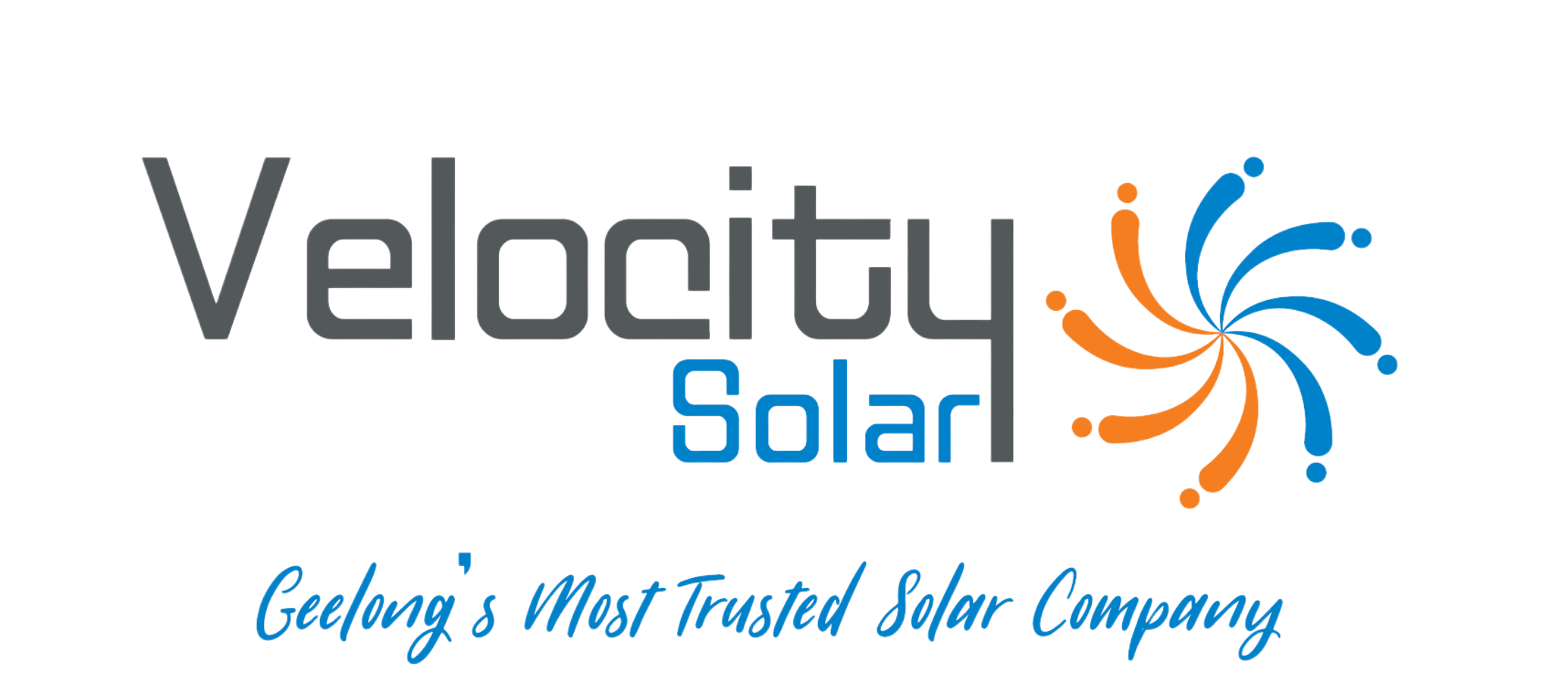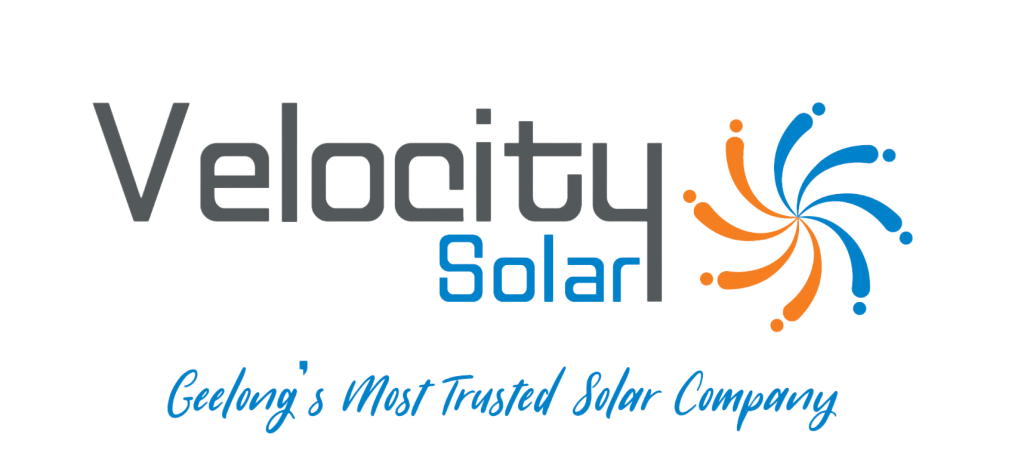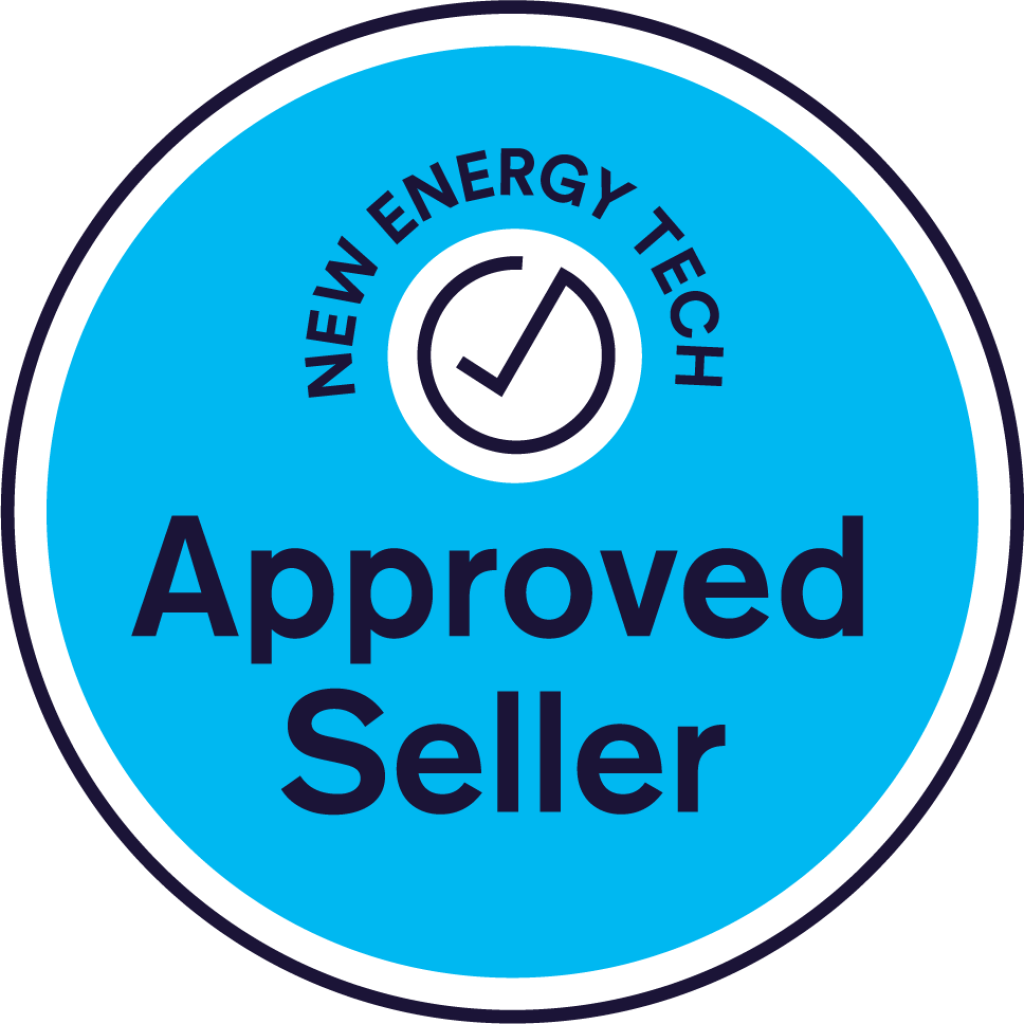Comparing Solar
Power System Sizes
Power System Sizes
The first step to choosing any PV solar system is to figure out what size system you want. There are many factors one needs to take into account and we are here to assist and explain things simply and clearly.
What size solar system should I install?
At Velocity Solar we consider many factors before deciding the size of the solar system which suits the budget and needs of all the clients.
Additionally, we hope that the information provided here assists you further in making the most reliable and correct decision about comparing the solar system sizes.
Currently, the residential solar industry offers 7 typical sizes of solar systems:
- 2kW
- 3kW
- 4kW
- 5kW
- 6kW
- 10kW
Generally, the size of the solar system depends on the following:
- Electricity consumption and energy needs
- Availability of physical and unshaded area with maximum exposure to sunlight
- Incentives and tariffs available
- Budget available
- Network limitations (Network infrastructure limitations)
Briefly analyse your energy bill
Most energy providers in Australia provide a graph on electricity bills, showing the average daily energy utilisation. This is the key in deciding the amount of energy your property needs, understanding your usage pattern and the solar energy production required. It is also important to consider the sunlight your area receives on average/day. According to our calculations, a 1kW solar power system may produce 4kWh to 5kWh energy per day, but every site is different and no two sites are identical.
The electricity consumption and determination of energy needs is important to estimate the solar energy you are expected to produce. Our expert designing team have come from the solar field and are technicians in the industry. Our sales team are all CEC Accredited Designers (not just sales people!) allowing us to give a very thorough and accurate design and system expectation.
Estimate electricity used during the day
We design a system where solar panels are capable of meeting your energy needs in the daytime (sunrise to sunset when the panels will be operational), unless you have battery storage or a generous solar feed-in tariff. The solar energy has maximum utility only when it is used directly and decreases the amount of electricity purchased from the retailer. So, it is very critical to estimate the total electricity consumption during the day, when the panels can have maximum exposure to the sunlight.
Calculate how much energy can be self consumed
There is a possibility to sell the excess electricity back to the grid, but it is equally important to understand the financial incentives included. These offers are generally very low and it is advisable to gain the most from the solar system through self consumption. If your looking at solar power from a environmental aspect then it may be feasible to look at your whole production but this needs to be assessed prior to installing. Velocity Solar helps all the clients to choose the system which would suit the energy consumption and energy required during the day and night, respectively.
Your long term plans
Your future plans for your family and your home are factors that should be considered when estimating your energy requirements and ultimately decide what size of solar system is best for you. Upgrades are available for all the solar systems, but installing a correct size in the very beginning is more cost effective. Upsizing inverters for future production has been going on for years but even this needs to be assessed during the initial design phase. If this is not done correctly you may end up paying for a bigger inverter but the extra capacity will not be worth the label written on it. Make sure your get a qualified and experienced designer to help make these decisions as your system is a long term investment and decisions more today will impact for many years to come.
How much roof space is available?
Technology is rapidly improving and solar systems today are allowing great flexibility in design and installation. They can be installed on the roof, on tilt framing and as a flat roof landscape or portrait arrangement. With the flexibility allowed, the size suitable for you will also depend on the roof space available in your property. Panels have come a long way since the standard 210 watt panel 4-5 years ago. Now 330 watt is standard with options of getting a 390 + watt panel with some technology on the market. So if you are limited on roof space, the more efficient panels can give a greater energy yield and open opportunities.
Analyse how much you can spend for the solar system
The affordability of the solar system is increasing, as the large scale global installations have decreased the manufacturing costs and improved affordability. The prices deviate from one part of Australia to the other, but below is an estimated price you might end up paying for the specified size of solar system you need.
Example




